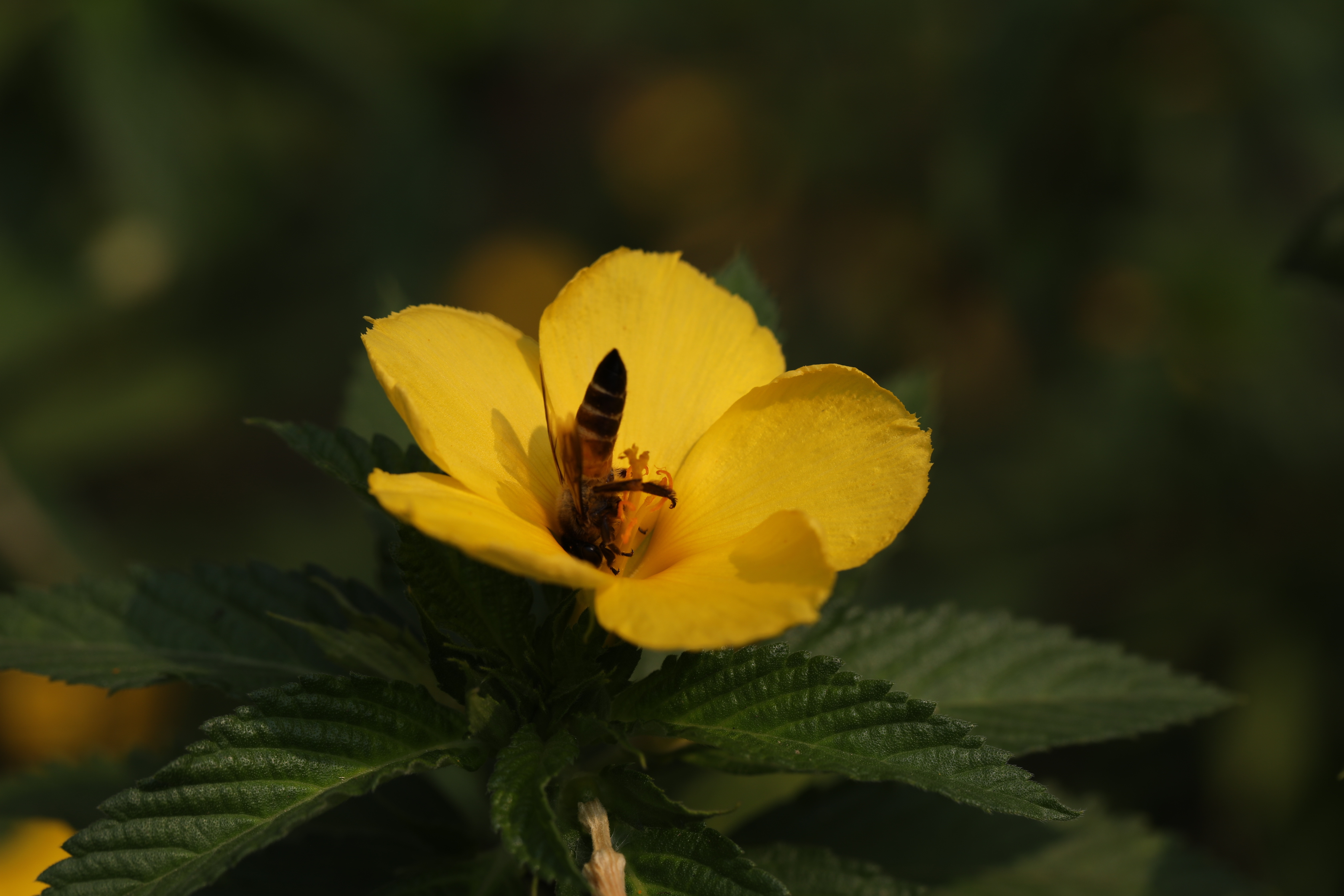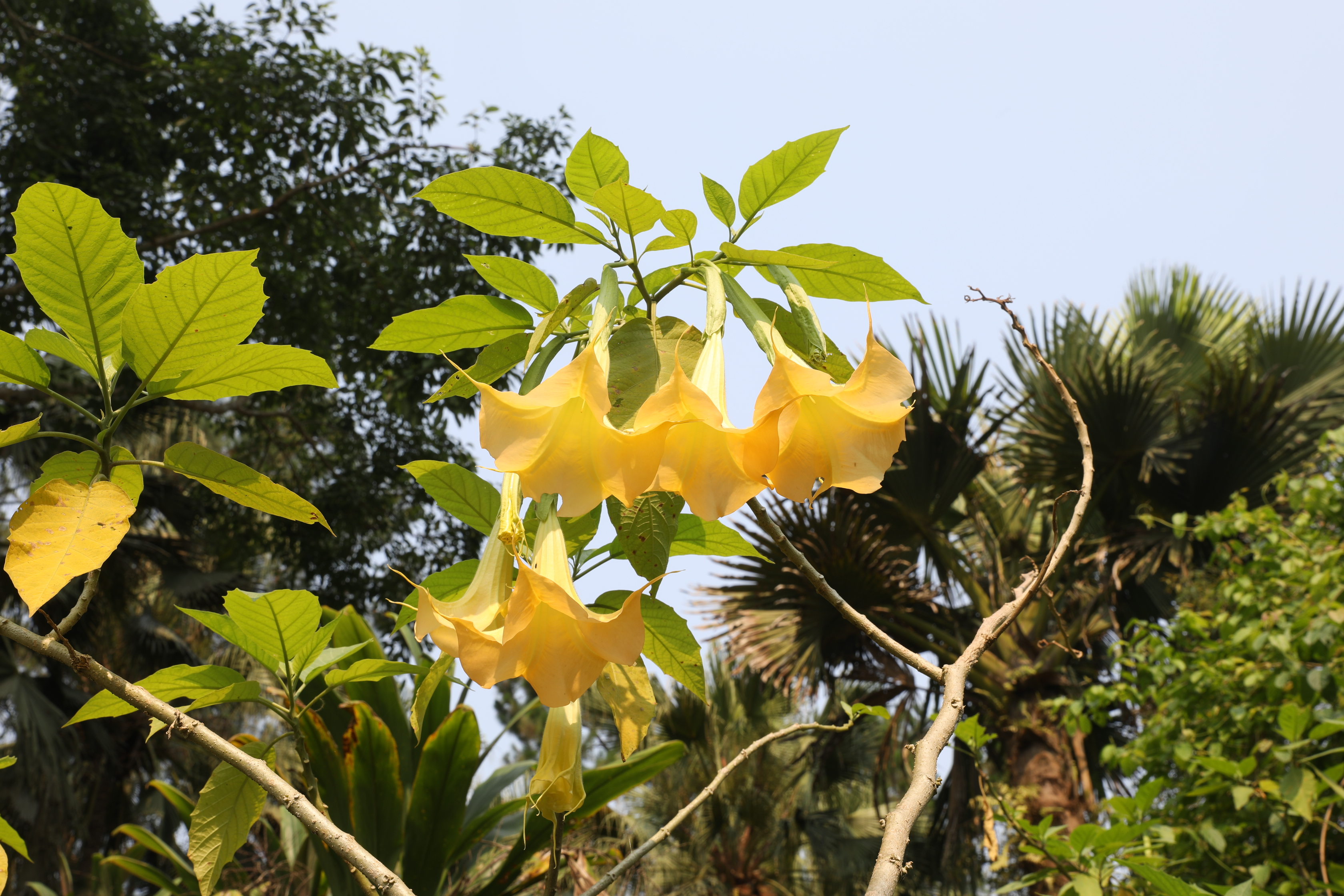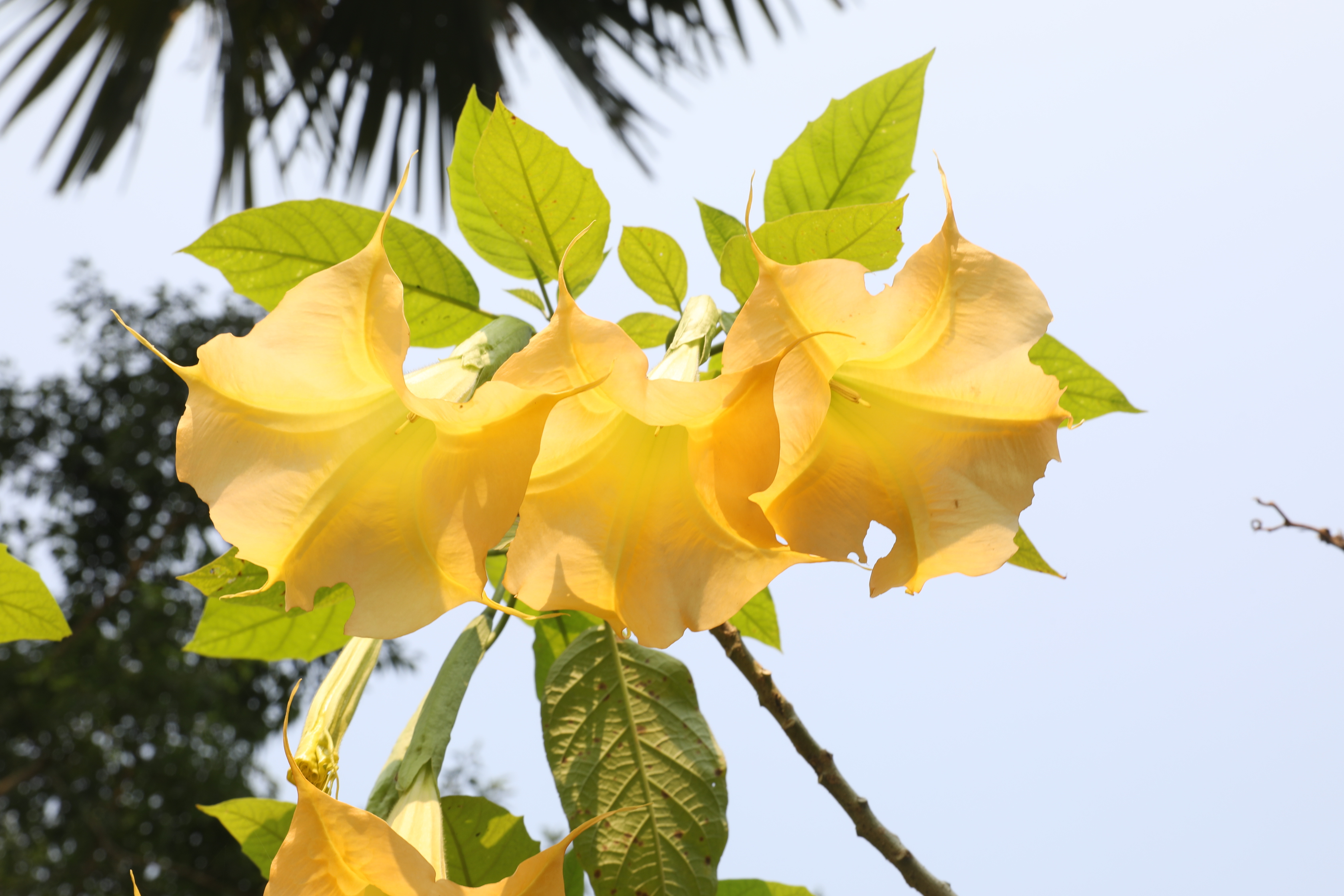
Southwest China's Yunnan Province boasts its rich flora and fauna. We bring you a series of articles introducing some of the most unique flowers found in China's rainforests.
Deep in a rainforest in Xishuangbanna, there lurks a flower in full blossom. Instead of the usual flowery vibrant colors, this one embraces a dark purple brown color. The flower is named "Tiger Beard" given its resemblance to a snarling tiger. The long stretching threads dropping at both sides from the flower bottom are just like the tiger's whisker.

Tiger Beard in Xishuangbanna, southwest China's Yunnan Province. /Photo by Zhang Hao
Unattractive color, no fragrance and nectar to seduce pollinating critters, scientists have long been trying to solve the puzzle of how the flower reproduces. Earlier many experts believed that the flower used a special smelly scent to lure bugs to pollinate, but that theory was later proved unviable.
Mystery still remains as what on earth does the whisker-like thread do and what are its evolutionary procedures.

Yellow Adler in Xishuangbanna, southwest China's Yunnan Province. /Photo by Zhang Hao
This ordinary looking yellow flower is called the "Yellow Adler," it is well known for its disciplinary blooming schedule which is in sync with sunrise and sunset. What makes it more interesting is all flowers bloom and fade at the same time.

Yellow Adler in Xishuangbanna, southwest China's Yunnan Province. /Photo by Zhang Hao
Research shows that it is an enzyme that controls the schedule. The rise and drop of the temperature accelerates and weakens the enzyme's influence to its blooming which subsequently appears to be in blossom and fade with sunrise and sunset.
Goldens Kornett serves as one of the most common ornamental plants in gardening designs. The small clusters of bell-shaped yellow flowers hanging upside down at the end of the branches form a simple fairy tale beauty.

Goldens Kornett in Xishuangbanna, southwest China's Yunnan Province. / Photo by Zhang Hao

Goldens Kornett in Xishuangbanna, southwest China's Yunnan Province. / Photo by Zhang Hao
Despite the delicate and mild charm, golden kornett is in fact toxic. Its leaves, flowers and seed are used in traditional Chinese medicine. Back in 220 AD, it was used as one of the major ingredients to make anesthetics.
China's Flora Tour
From the wetlands along the coast to the dense rainforests hidden in the southwest of China, all boast an array of plant species. In this series, we will go on a tour to learn about some of the most representative flora in different provinces and see how they live in harmony with the local geography and climate.
(Cover photo by CGTN's Zhang Hao. )
(If you want to contribute and have specific expertise, please contact us at nature@cgtn.com)

Copyright © 2018 CGTN. Beijing ICP prepared NO.16065310-3
Copyright © 2018 CGTN. Beijing ICP prepared NO.16065310-3